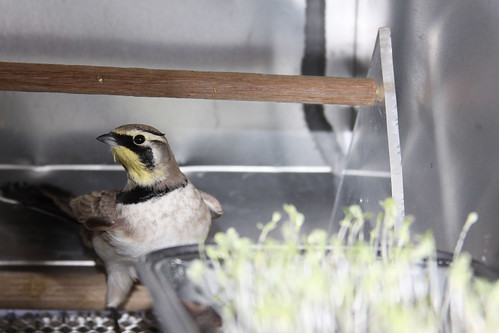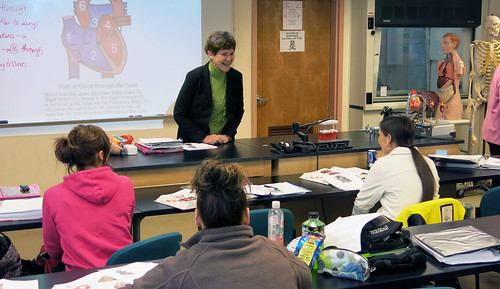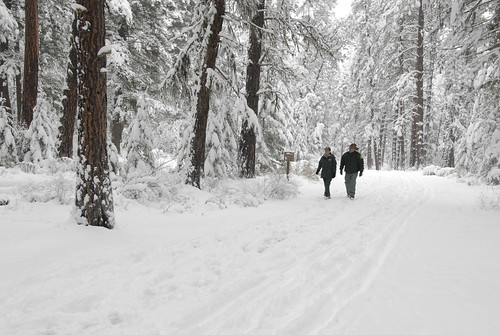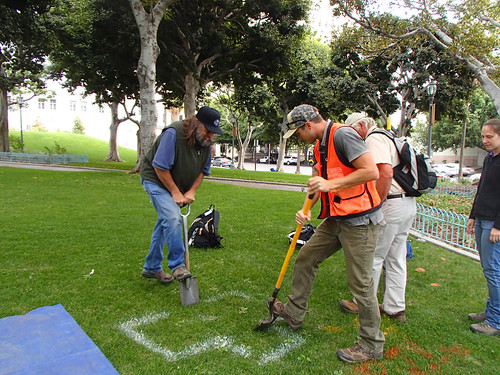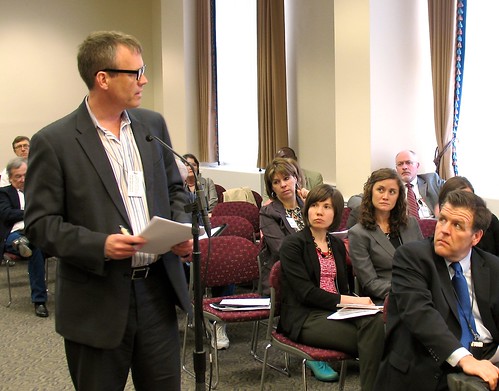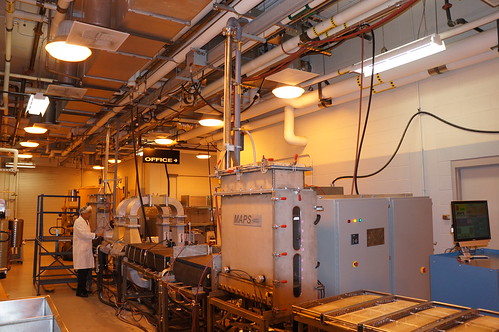Last week, farmers and ranchers began signing up for disaster assistance programs that were restored by the 2014 Farm Bill. While it took a year to implement disaster relief programs after the last Farm Bill was passed in 2008, disaster programs were up and running in just 60 days this time around, thanks to hardworking Farm Service Agency (FSA) employees in more than 2,000 offices across the country. These disaster programs will not replace all of the losses farmers and ranchers faced, but it will provide some relief and help ensure that extreme weather won’t cause families to lose the farm.
After just one week, I am pleased to say that we’ve received more than 10,000 applications for these programs. Approximately 95 percent of the applications were for the Livestock Forage Program (LFP), which provides payments to eligible producers for grazing losses. The high number of applicants is no surprise considering the widespread, ongoing drought that has plagued livestock producers in the West Coast and Midwestern portions of the United States for nearly three consecutive years.
Our livestock producers have waited long enough and we understand the urgent need to provide payments in a timely manner. While the time for application processing and review will vary depending on the complexity and type of loss, the electronic payment and application systems are up and running. Since sign up began last week, we have processed nearly 60 percent of incoming applications and approved payments to help nearly 6,000 producers begin the recovery process.
The program is off to an excellent start, but it doesn’t stop here. We will continue to work through the spring and summer months to assist those who have experienced disaster losses. FSA will provide monthly updates at http://disaster.fsa.usda.gov, including data by state, number of applications, and payments issued.
In the coming weeks and months, I encourage farmers and ranchers impacted by drought, snowstorms and other unforeseen weather events to contact their FSA county office to make an appointment and learn if they are eligible for disaster assistance. Depending on the program and year of the loss, you have three to nine months to apply, and FSA staff can tell you what documents and records you will need to apply.
As we move into spring, drought and severe weather events continue to impact farmers and ranchers across the country. Thanks to resources provided in the new Farm Bill and our strong network of partners, I am confident that USDA will be able to offer producers the surety they need to invest confidently in the future and ensure a safe, affordable food supply to millions of Americans for generations to come.
